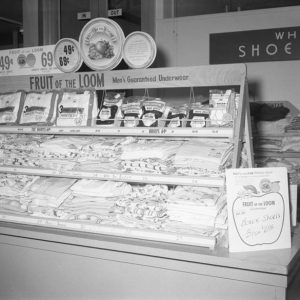 Blass Store Clothing Display
Blass Store Clothing Display
Entry Type: Thing - Starting with B
 Blass Store Clothing Display
Blass Store Clothing Display
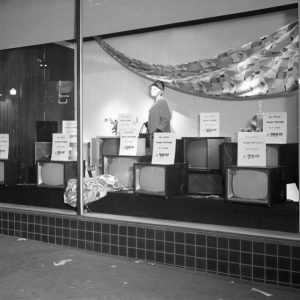 Blass Store Display
Blass Store Display
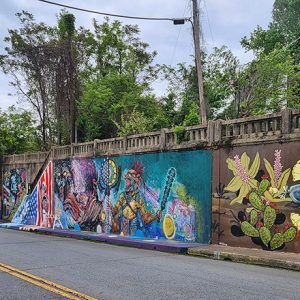 BLM Art
BLM Art
 BLM Art
BLM Art
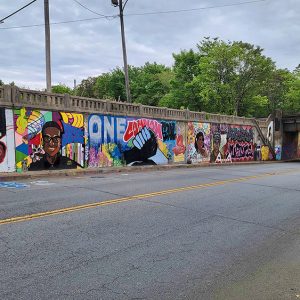 BLM Art
BLM Art
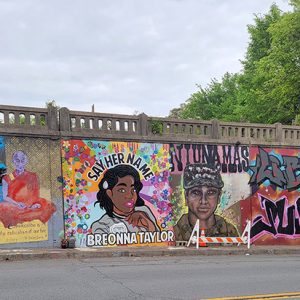 BLM Art
BLM Art
 BLM Art
BLM Art
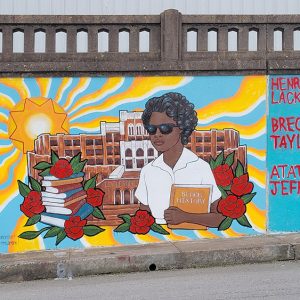 BLM Art
BLM Art
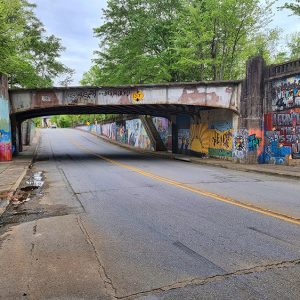 BLM Art
BLM Art
Blockbusting
Bloody Mama
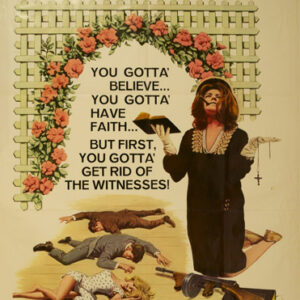 Bloody Mama
Bloody Mama
 Blooms in May by Inez Whitfield
Blooms in May by Inez Whitfield
 Lisa Blount Tombstone
Lisa Blount Tombstone
Blue and the Gray, The
 Blue Law Closings
Blue Law Closings
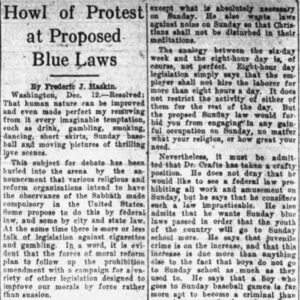 Blue Laws
Blue Laws
Blue Laws
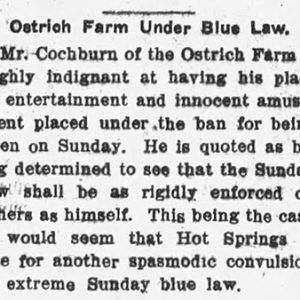 Blue Laws Article
Blue Laws Article
 Blue Medallion by Rosie Lee Tompkins
Blue Medallion by Rosie Lee Tompkins
Blue Mountain Dam and Lake
Blue Star Memorial Highways
Blue Wing No. 2
Blues Music
 Blues Trail Sign
Blues Trail Sign
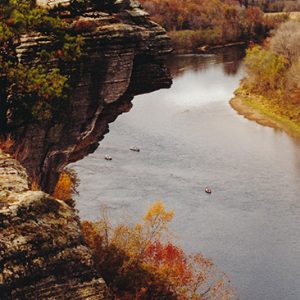 Bluff
Bluff
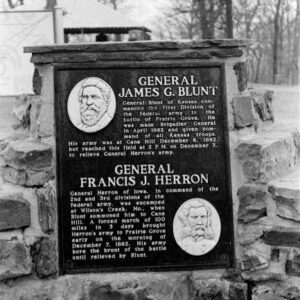 Blunt-Herron Monument
Blunt-Herron Monument
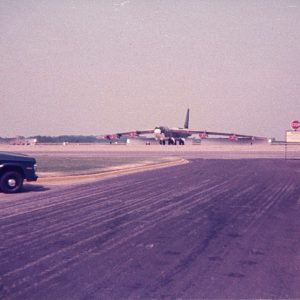 Blytheville AFB B-52
Blytheville AFB B-52
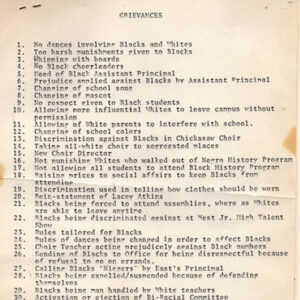 Blytheville Student Grievances
Blytheville Student Grievances
 Boatyard
Boatyard
Bobby Hopper Tunnel
 Bobby Hopper Tunnel
Bobby Hopper Tunnel
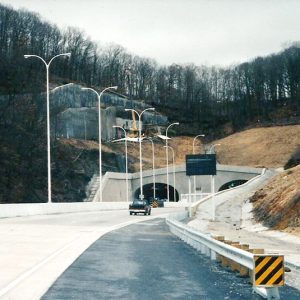 Bobby Hopper Tunnel
Bobby Hopper Tunnel
 Bobcat
Bobcat
Bodark
aka: Osage Orange
aka: Maclura pomifera
aka: Bois d'Arc
aka: Horse Apple
aka: Hedge Apple
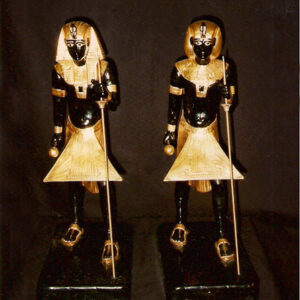 Boehm Porcelain
Boehm Porcelain
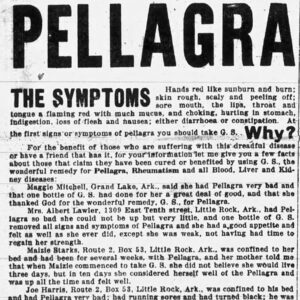 Bogus Cure
Bogus Cure
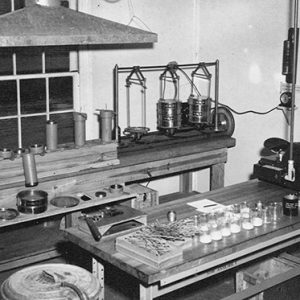 Testing Equipment
Testing Equipment
 Boniface Letter
Boniface Letter
 Bonnie and Clyde "Death Car" Handbill
Bonnie and Clyde "Death Car" Handbill
 Book by Gösta von Fersen
Book by Gösta von Fersen
 Booker T. Washington Dedication Program
Booker T. Washington Dedication Program
Booker T. Washington High School (Jonesboro)
Booker Worthen Literary Prize
aka: Worthen Prize
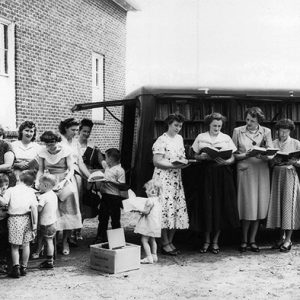 Bookmobile
Bookmobile
Boone County Courthouse
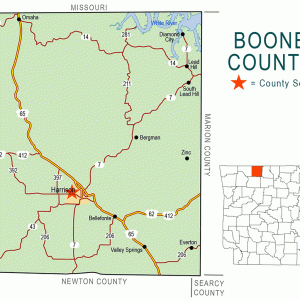 Boone County Map
Boone County Map
Boone County Regional Airport
Bootleggers
aka: Deadeye Dewey and the Arkansas Kid
 Boston Mountains Crayfish
Boston Mountains Crayfish




